This is not a drill: Japan is officially open to tourists! As borders reopen for the first time in two years, you can finally tick off your Japan bucket list. As for those who’ve already been to Japan, you can revisit your fave spots again!
But before fully enjoying everything this fascinating country offers, you’ll need to master the art of getting around Japan. Lucky you, our guide covers them all: from Tokyo trains to the Japan Rail (JR)!
Understanding Tokyo Transport
Aside from gorgeous shrines and views, tourists love travelling in Japan to Japan thanks to its convenient transport system. You’ll find that it’s easy to get around Tokyo and its surroundings thanks to the efficient public transportation system in the country. There are plenty of options to get you from Shinjuku to Shibuya and even from Tokyo to Kyoto.
As a matter of fact, Japan is incredibly well-serviced by public transport—waaay more so than in Australia. There are almost 300 subway and metro stations in Tokyo, so it's fairly safe to say you’ll be able to get wherever you need to go by train. Plus, the trains run to precision timing and are safe, quiet, and clean.
Though, there’s a catch: While you can get almost anywhere quickly and cheaply via trains in Tokyo, the different train lines are run by a few different companies, so it can be a little confusing at times. But don’t sweat it! We’ll walk you through each one, so you’ll be zipping around the city like a local.
What are the major train services in Tokyo?
Tokyo is covered by a network of train and subway lines, which are operated by different companies. And the biggest of these are:
- Japan Rail (JR)
Japan Rail (JR) runs the most extensive network of trains in Japan, including the shinkansen bullet trains that connect the major cities to Tokyo and vice-versa. In Tokyo alone, there are 36 lines run by the JR East (the branch that covers the Kanto Region and the Tohoku Region) to make travelling around Tokyo and its neighbouring prefectures a breeze. Riding the JR trains will get you to Akihabara, Harajuku, Tokyo Disney Resort, and heaps more.
You can even ride the famous Tokyo Monorail, which directly connects Haneda Airport to Tokyo’s Ota, Shinagawa, and Minato wards.
- Tokyo Metro
Does your bucket list cover famous attractions in Tokyo? If so, the Tokyo Metro Subway is your best companion, with nine lines across the city. Using the subway, you’ll access popular areas, such as Shibuya, Omotesando, Ginza, and Asakusa via the Ginza Line; the Tokyo Station via Marunouchi Line; and Roppongi and the Tokyo Dome via the Namboku Line.
- Toei Subway
Alternatively, you can ride the Toei Subway, run by the Tokyo Metropolitan Bureau of Transportation, to get to several sightseeing areas. Take the Asakusa Line to reach the Tokyo Skytree and Oedo Line to Tsukiji and Sumida River. The subway has four lines, as well as transfer stations for Tokyo Metro and the JR trains.
Which train lines run in Central Tokyo?
The best way to get around Tokyo is to hop on the JR trains, particularly the Yamanote Line. It’s commonly referred to as the JR Loop Line or Loop Line as it simply runs in a loop around central Tokyo and connects with most of the major hubs.
Some of the stations on its line that you have probably heard of include Shinjuku, Ginza, Marunouchi, and Shibuya. The trains on this line arrive approximately every three minutes.
Klook Tip: If you get confused or lost at any point while navigating the public transport system, try to get yourself on the Yamanote line which should give you a chance to have a breather and get back on track. Its line colour is yellow-green and its number is 6.
But if you wanna get to tour the city like a local, there are other train options too:
- Keihin-Tohoku Line
Runs parallel to the Yamanote Line and directly runs to Yokohama.
- Chuo/ Sobu Line (Local)
Services from Mitaka and Shinjuku to Chiba.
- Chuo Line (Rapid)
Connects Tokyo Station to Shinjuku Station, from the east of Tokyo (Chiba prefecture) to the west (Tachikawa, Hachioji, Otsuki).
- Saikyo Line
Trains have stops at Ikebukuro, Shinjuku, Shibuya, and Osaki. From Osaki Station, some trains continue along the Rinkai Line to Odaiba.
- Shinkansen
The Tokaido Shinkansen trains stop at Tokyo and Shinagawa, while bullet trains to the north stop at Tokyo and Ueno.
Thinking of riding the JR train? You’ll need the JR Pass to help you save up! Learn about its perks with our guide:
What about railway companies outside Tokyo?
Besides JR and the two railways, there are other railway companies you can take to get to the surrounding prefectures around Tokyo. These lines typically start at a station under the JR Yamanote Line.
Tokyu Railway - serves southwestern Tokyo and Kanagawa
Tobu Railway - serves Saitama and Tochigi
Seibu Railway - serves the Tokyo Tama Region and Saitama
Keio Railway - serves the Tokyo Tama Region
Odakyu Railway - serves Kanagawa and Hakone
Keisei Railway - serves Chiba and Narita Airport
Keikyu Railway - serves Kanagawa and Haneda Airport
Tsukuba Express - connects Akihabara with Ibaraki
How do I get from Narita or Haneda Airport to Tokyo?
One of the most important train trips you will make while in Japan will be from Narita or Haneda airport to one of the major city train stations in Tokyo. After a long flight, it can be daunting to land in a non-English-speaking country and then have to try to hop on another form of transport. Sure, if you have a couple of grand to spare, you could easily charter a helicopter, but if the budget doesn’t stretch quite that far, then the trip by train is your best bet.
The Narita Airport train into the city is called the Skyliner. Again, save yourself the hassle and grab a pre-paid ticket. Here are the options:
If you’re flying into Haneda, take the Tokyo Monorail into town. You can use a Suica IC Card for the monorail. Once you’ve picked up from the pickup location at the airport, simply tap at the gate and hop on!
Which passes and tickets should I get to ride Tokyo trains?
The easiest way to get around Tokyo is to buy a pre-paid ticket–it will save you money and time as you won't need to purchase individual tickets every time you want to jump on a train. There are two main options: a JR Pass, Tokyo Subway Pass, or a Suica IC Card.
1. Tokyo Subway Pass
The Tokyo Subway Pass is unlimited travel on the Tokyo Metro and Toei Subway over a set period of time e.g. 72 hours. It’s an unlimited subway pass for travels on all Tokyo Metro and Toei Subway Lines. With access to 13 different routes and over 250 metro stops that cover most of the city’s metropolitan area, it’s the perfect ticket for those with a full day of exploring to do in Tokyo or who plan to be on the move quite a lot.
Types of Tokyo Subway Pass
Available to domestic and international visitors, the Tokyo Subway Ticket comes in three validity periods:
- 24-Hour Ticket - 24 hours of unlimited rides on all Tokyo Metro and Toei Subway lines
- 48-Hour Ticket - 48 hours of unlimited rides on all Tokyo Metro and Toei Subway lines
- 72-Hour Ticket - 72 hours of unlimited rides on all Tokyo Metro and Toei Subway lines
For example, the 24-Hour Ticket is valid for 24 hours from the time of activation. If you activate at 8 AM, you can use the pass until 8 AM the next day.
Where to buy Tokyo Subway ticket
You can purchase your Tokyo Subway Ticket here on Klook and conveniently collect it when you land at the airport in Tokyo.
Easily redeem your Klook voucher for the Tokyo Subway Ticket with either a printed or a mobile voucher to the pick-up location you selected when booking: Narita or Haneda airports, Harajuku, Osaka, or Nagoya. After redeeming your Klook voucher for the Tokyo Subway Ticket, you can start using it straight away. The pass is activated the moment you first insert it into the gate at the subway.
Klook Tip: Check the timestamp at the back of the ticket for the exact date.
2. Suica IC Card
The Suica IC Card is a nifty transportation card - you can use it on the Tokyo Metro, Toei Subway and Japan Rail East, as well as some buses. It can even be used for purchases inside trains, vending machines, some convenience stores, and even selected restaurants!
The card is similar to public transport cards in Australia, like the Opal Card or Miki card. The Suica IC Card is pre-loaded with JPY1,500, and you can top up the card with more money at any Suica IC Card redemption station.
Where to buy
You can purchase your Suica IC Card here on Klook and conveniently collect it when you land at the airport in Tokyo or any listed locations on the booking.
To redeem your Klook voucher for the Suica IC Card, simply present either a printed or a mobile voucher to the pickup location you selected when booking—either from the airport or in Shinjuku. Once you’ve redeemed your card, just tap ‘n go!
Travelling around Japan? Get a JR Pass instead!
For wider travel (i.e. outside of Tokyo) there are various JR passes available for purchase, depending on which regions you are visiting. They’re super useful for travellers who are planning on seeing more of the country.
This may seem like an expensive option when you outlay the cost to begin with, but considering how far you can travel on it, it is actually very cost-effective and really an excellent way to get around Japan. Plus, with Klook, you purchase your JR Pass six months in advance to help with planning, and you save a bit more moo-lah!
Still not convinced about the JR Pass? Here are all the reasons why it’s worth it:
When is the best time to catch trains in Tokyo?
Most trains in Tokyo run from 5 AM to midnight, so if you are planning on being somewhere very early in the morning or heading back to your accommodation after a big night out, make sure you arrange alternate transportation, as you might find yourself stranded at the station.
Klook Tip: Avoid the rush hours! Tokyo’s rush hours are between 7:30 to 9:30 AM and 5 to 8 PM, which can get veeery packed. Unless you want to experience taking the trip with millions of Japanese salarymen and office workers coming home, we recommend avoiding these times.
Alternatively, you can also hail a taxi. Although taxis in Tokyo are considered expensive, they are very clean and comfortable with pleasant, well-dressed drivers.
Any apps I should download for train travel?
Tokyo Subway Navigation for Tourists is the official app of the Tokyo Metro and is free to download for both Apple and Android users. It’s a mouthful, but it’s really handy!
The app can be used without the internet, and the app lists which train stations offer free Wi-Fi (there are 140 of them!). Some of its features include train line maps, tips on the best station exits you should take to reach certain important landmarks and tourist attractions, and, of course, directions to get you to your specified destination by train.
Are there any English signs in train stations?
Great news: Signs and announcements are conveniently offered in Japanese and English. Though, it wouldn’t hurt to learn the numbers and colours of the train line you need to take as it can make getting around so much easier.
That’s not to say that you need to memorise them all, but on a morning before setting out take a look at which lines you’ll need that day. Knowing in advance which colour line you should be heading for rather than trying to remember the name will certainly make life easier.
3 Handy tips on proper Japanese train etiquette
1. Don’t be afraid to eat and drink on the train
While it is considered rude to eat and drink while walking, it is completely acceptable to do so while seated on the train. You can buy food and drink at the train station from shops or vending machines, but it is best to wait until you have boarded the train to begin eating or drinking. Keep in mind that the Japanese public transport system has a reputation for being extremely clean and that you should take your rubbish with you when you alight the train.
2. Golden rule: don’t be noisy
Japanese culture is grounded in respect and this especially applies to public spaces, such as trains. Generally, it is quiet inside trains in Japan, so loud noises are very conspicuous. Now, there are no rules saying that you can’t talk inside the train, but if your conversation’s loud enough to be heard by those around, then it’s considered rude and annoying in Japan.
3. Remember to stand on the left-hand side
Much like Australia, it’s customary to stand to the left-hand and allow people to walk freely on the right-hand side. This is important to remember, particularly on escalators at train stations where people may be rushing to catch their train.
Get exploring!
Getting around Tokyo is quite easy thanks to the impressive network of trains and subways. If in doubt, bookmark this post so you have an easy reference when you land!
Remember -
- Japan Rail (JR) → use JR Pass or Suica IC Card
- Tokyo Metro → use Tokyo Subway Pass or Suica IC Card
- Toei Subway → use Tokyo Subway Pass or Suica IC Card
Still don't get the JR Pass?
Updated by: Jianne Uy

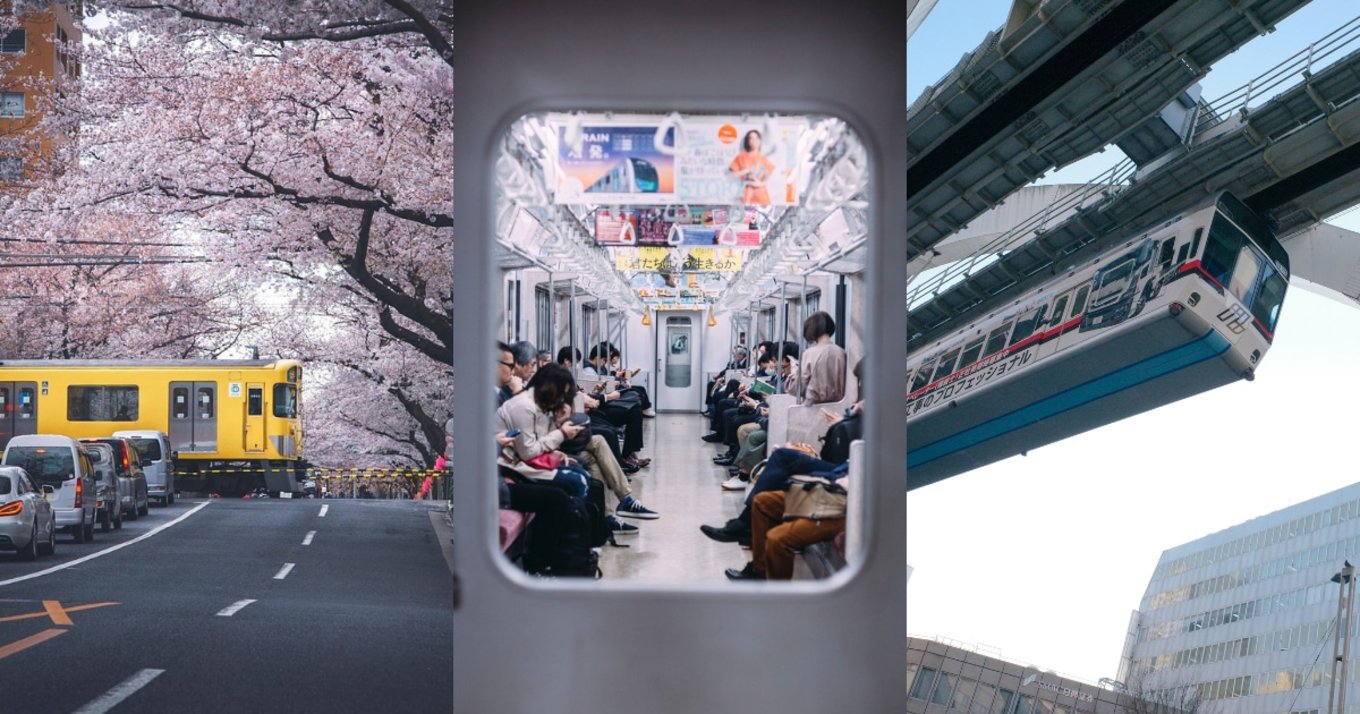
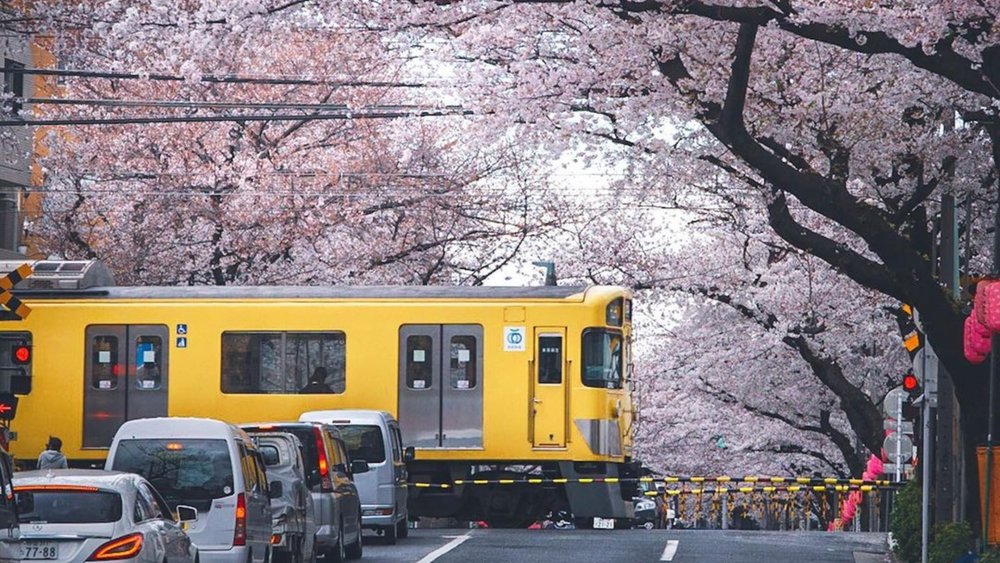
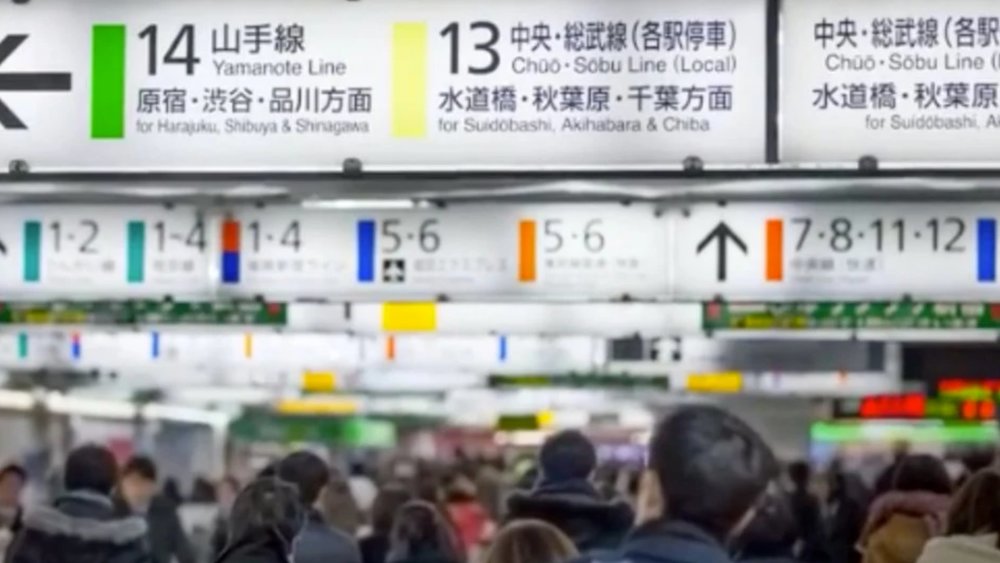
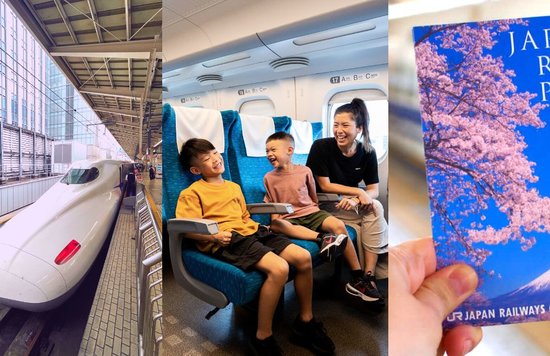
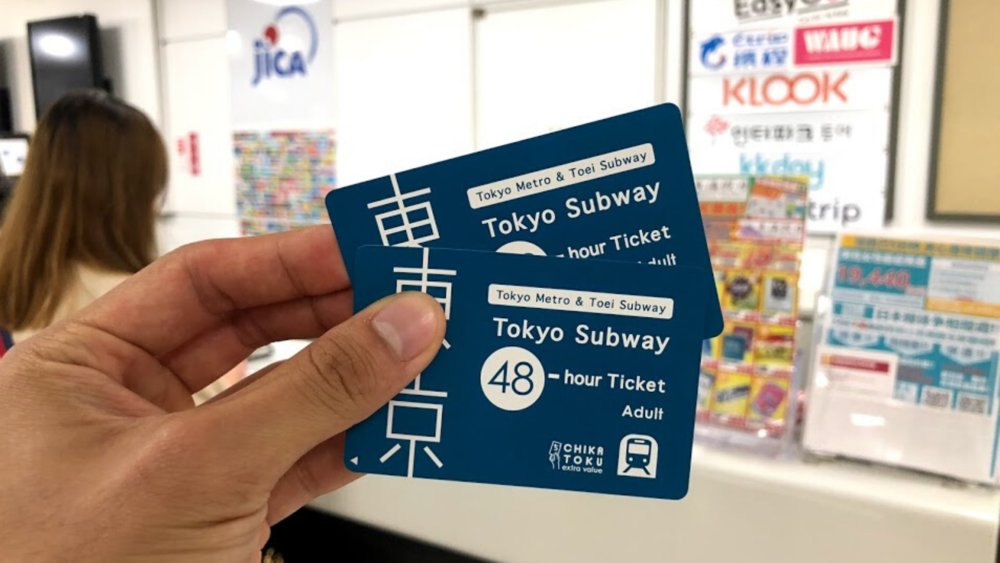
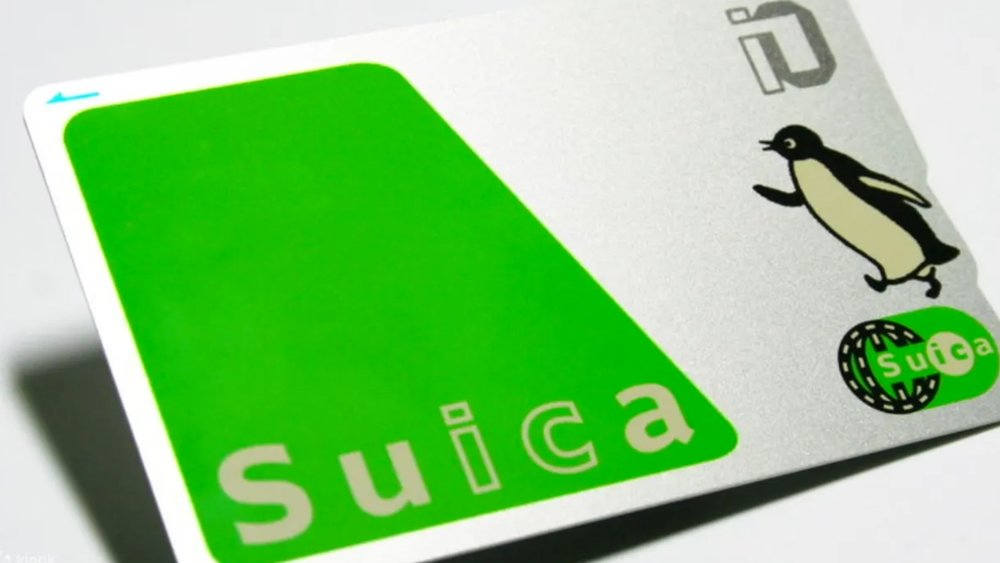
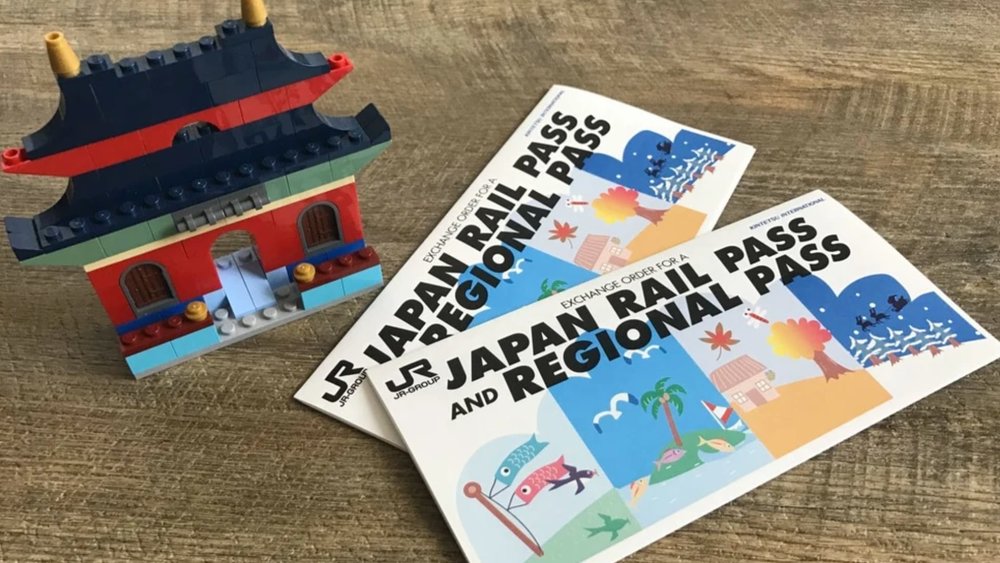
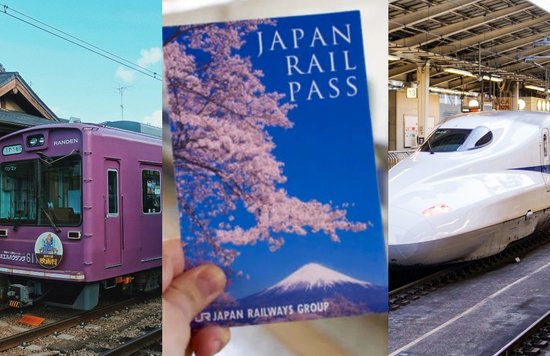
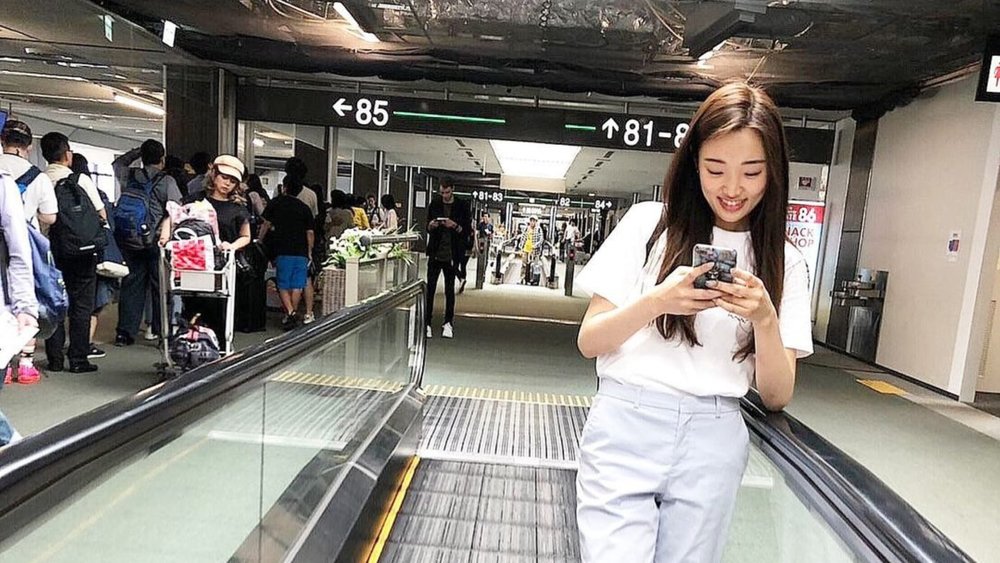
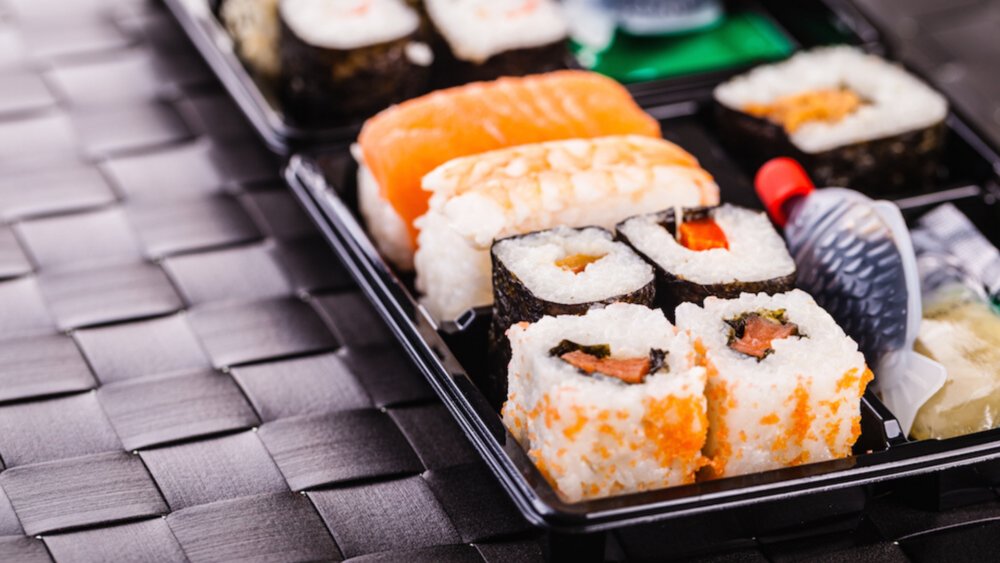
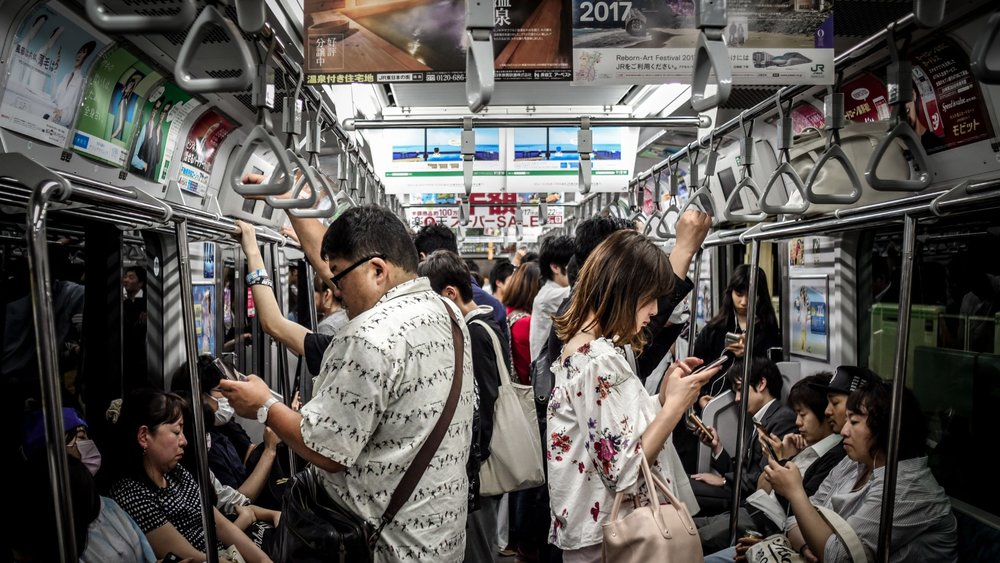
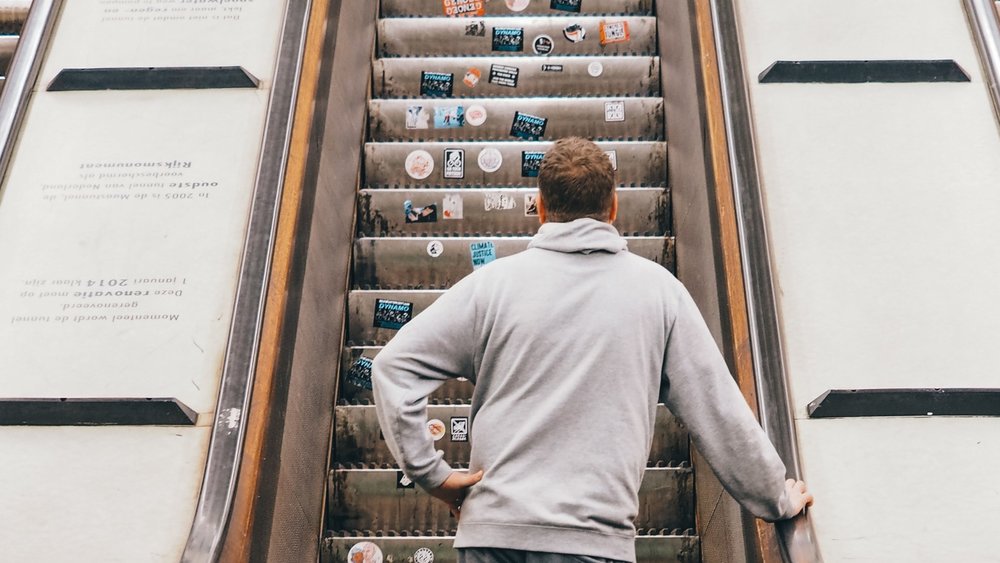
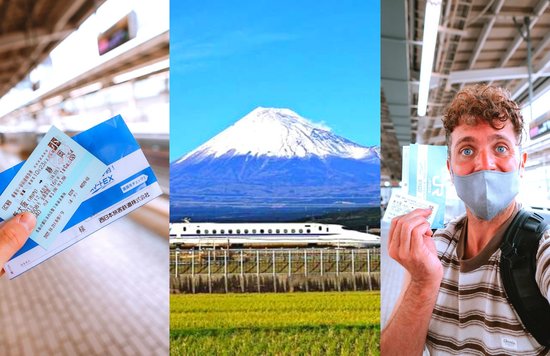



![[Updated] Complete List Of Official Nationwide MCO SOP 2021](https://res.klook.com/image/upload/fl_lossy.progressive,q_85/c_fill,w_160,h_104/v1633858858/blog/iso56uzsphmdguixkvzh.jpg)





![[Updated] Complete List Of Official Nationwide MCO SOP 2021](https://res.klook.com/image/upload/fl_lossy.progressive,q_85/c_fill,w_410,h_264/v1633858858/blog/iso56uzsphmdguixkvzh.jpg)







